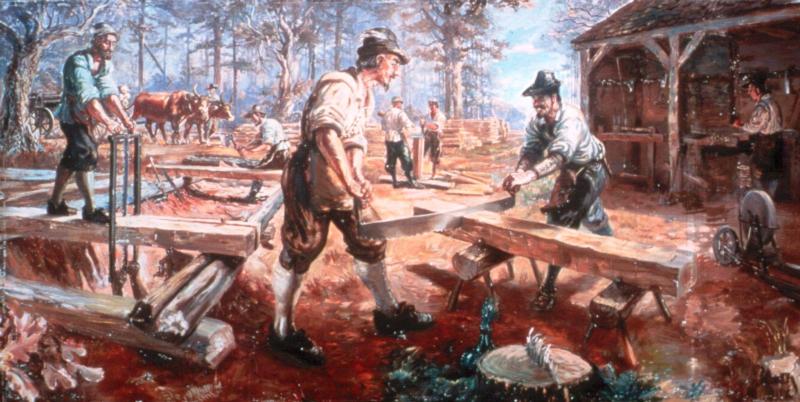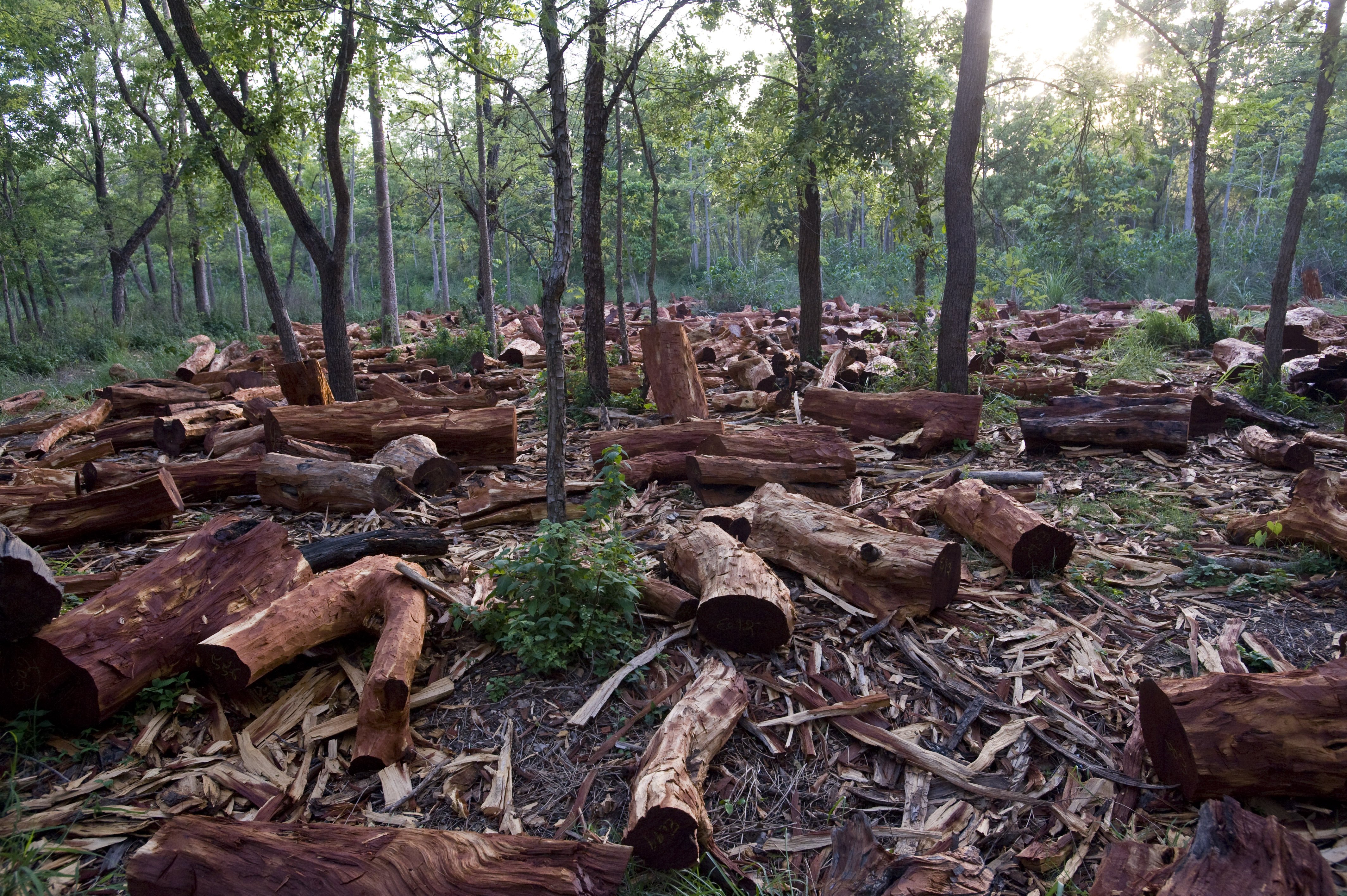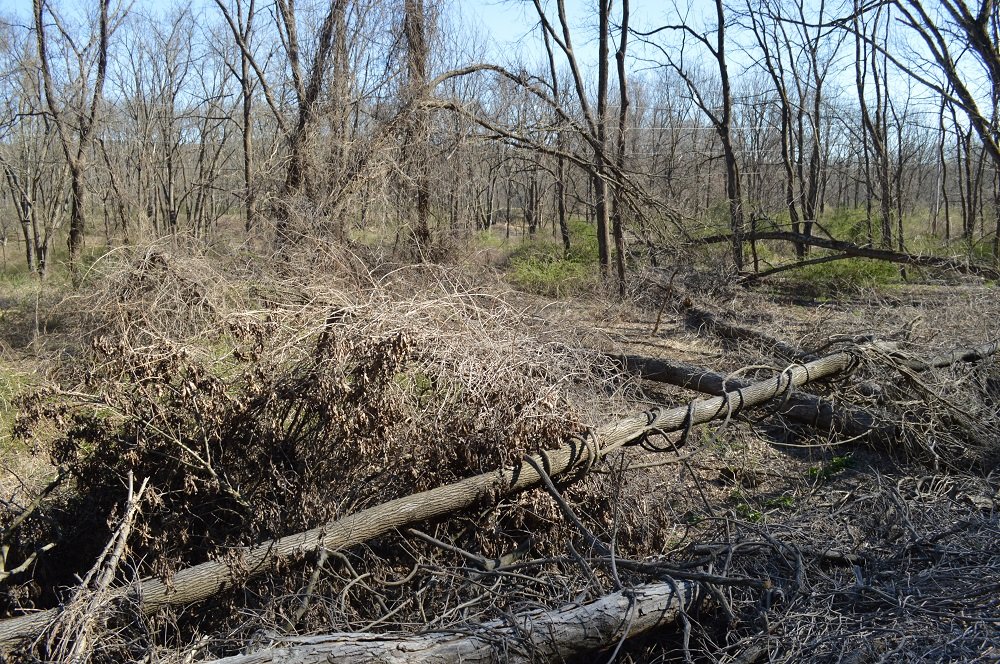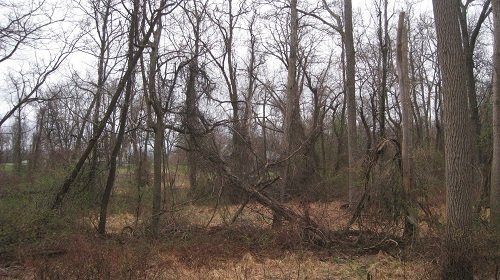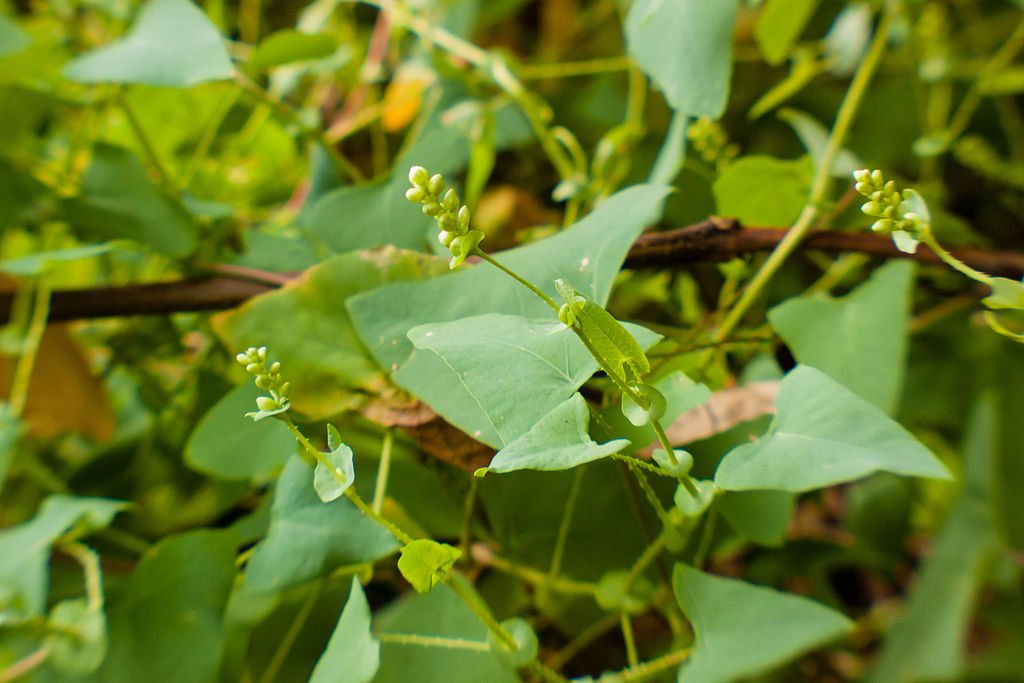
Persicaria perfoliata, or more commonly known by its catchier name, “Mile-a-Minute”, is an aggressively invasive annual vine that has recently been dominating the New York-New Jersey area, specifically in the Hudson Valley.
The Basics
Originally native to eastern Asia, Mile-a-Minute was accidentally introduced to the United States in the early 20th century via contaminated soil (these seeds can live in soil for up to 7 years).
As implied by its name, these vines grow and spread incredibly rapidly – up to 6 inches per day and 30 feet per year, according to the Mile-a-Minute Project of the Hudson Valley.
Since these quick-growing vines are easily spread by animals, plants, and humans, they appear in new geographical locations every year. So, the faster Mile-a-Minute is identified, the more actively we, as a community, can maintain this aggressive species in the long run.
Where You’ll Find Mile-a-Minute
According to the Catskill Center, Mile-a-Minute tends to thrive in great sun exposure and high soil moisture, so picture areas along the edges of forests, wetlands, water banks, and roadsides. With flowing water nearby, seeds easily float along, exponentially increasing the speed at which it spreads. Its primary mode of transportation, however, is from birds that eat the seeds and dispose of them in their travels.
Environmental Impact
Because of its aggressive nature, Mile-a-Minute dominates and eventually kills all of the unprotected plants in its path. The prickly vines enable the plant to crawl and grow over obstacles and choke out other herbaceous species, taking over everything in its wake. The bulk of the vines block sun from other species, causing plants beneath it to wither and die.
How to Detect Mile-a-Minute
Here’s a quick checklist to help you identify Mile-a-Minute in your backyard:
- Heart- or arrow-shaped leaves
- Prickly stem
- White or pink clusters of flowers
- Berries which are green when young and blue when mature
What to Do If You Find Mile-a-Minute
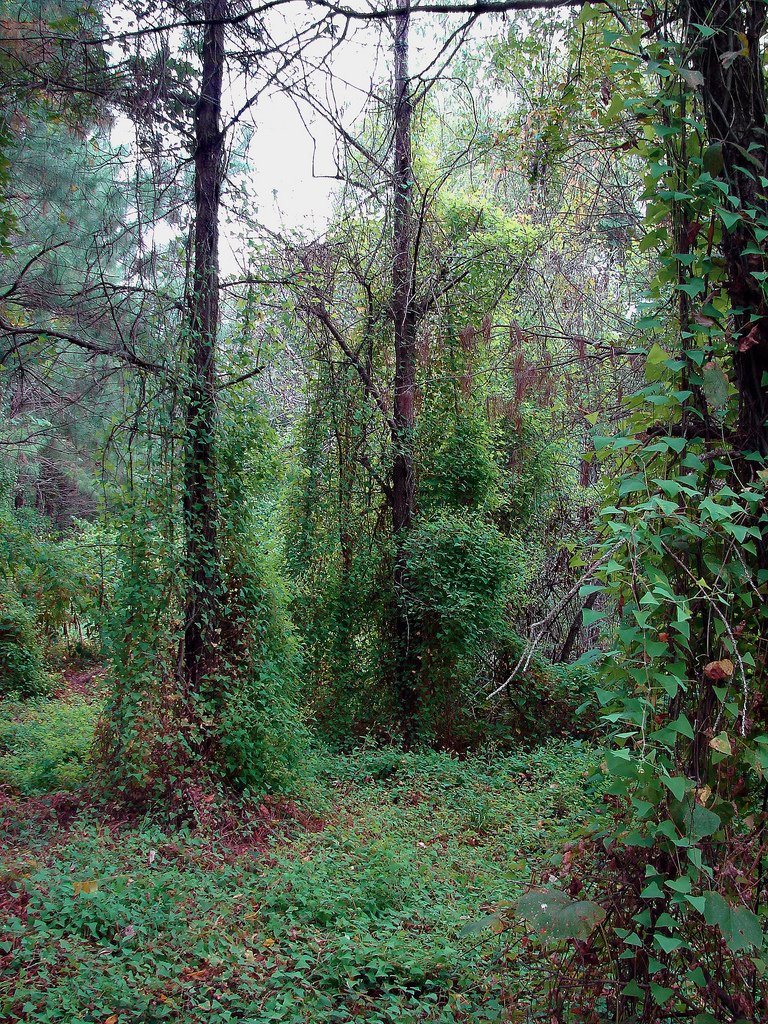
First, inform the Poison Ivy Patrol. Many times, a client will contact us when they see it on their property while we are traveling, and as we go, we will see it along the side of the road. That is how quickly this plant is spreading, and we need to control it as quickly as possible.
Our team consists of experts at eradicating this invasive visitor with all natural methods. If you think you’ve found Mile-a-Minute in your backyard, give us a call, and our professionals will easily determine the best course of action for its removal. Since every property is comprised of different terrains and moisture levels, each scenario requires a different strategy to eliminate this invasive while preserving your land and budget. We ensure all of your desired plants are protected, and we heal your soil, not medicate it.
Second, contact local organizations, like the Mile-a-Minute Project of the Hudson Valley. These are groups dedicated to preserving the peaceful nature of our beautiful area, and will assist in identifying harmful species like Mile-a-Minute. Organizations like these are always looking for volunteers to help with early detection of invasive plants.
If we work together, eradication of this aggressive invasive is possible. The best way to do this is to be aware of the plants in your area, and contact pros like our team at the Poison Ivy Patrol as soon as possible.

